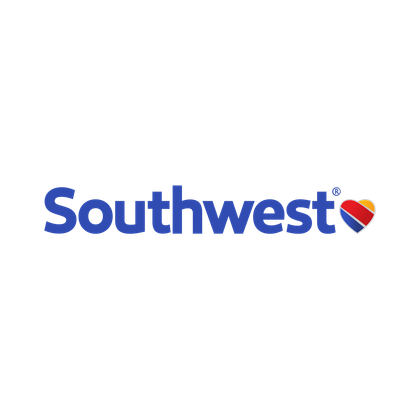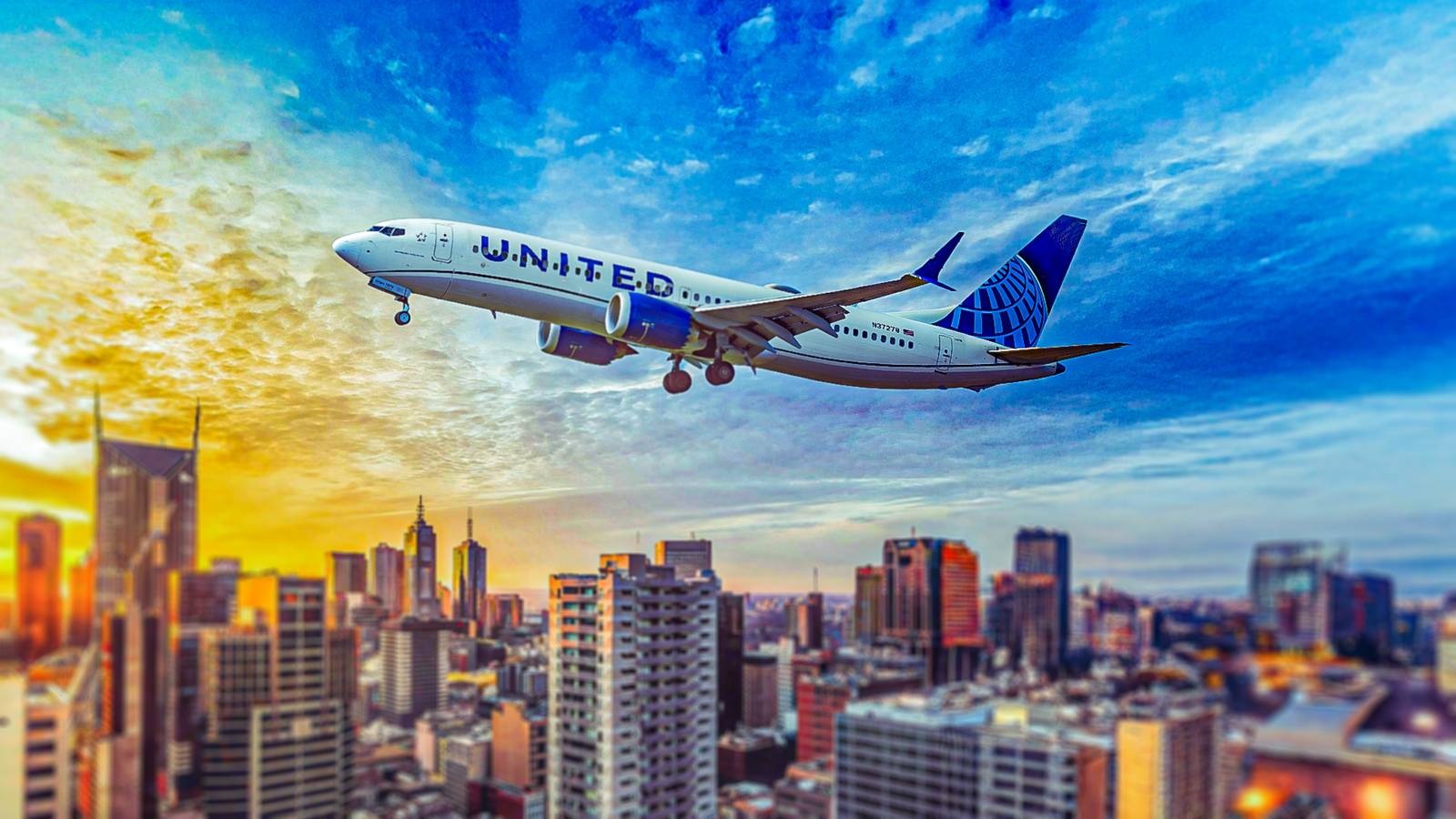Southwest Airlines has begun flying its first Boeing 737 MAX 8 equipped with a secondary cockpit barrier, a new security feature mandated by the Federal Aviation Administration (FAA). The aircraft entered service on Friday, August 29, and marked the first time the carrier had deployed the additional protective measure.
The secondary barrier adds another layer of protection to the flight deck and is one of the most significant security upgrades introduced on new US passenger aircraft in recent years. Most major airlines are expected to delay implementation until 2026 after the FAA granted an extension, but Southwest has opted to move ahead immediately as new aircraft arrive.
Southwest Expects At Least 25 MAX Deliveries This Year With New FAA-Mandated Barrier
Southwest’s first 737 MAX 8 fitted with the secondary cockpit barrier entered service on a Phoenix–Denver flight shortly after delivery, as reported by Reuters. According to data from planespotter.net, the airline took deliveries of three MAX 8 aircraft in August. The airline expects around 25 additional Boeing aircraft arriving this year to feature the same system, as part of the FAA’s new security mandate.
The FAA first announced the requirement for secondary cockpit barriers in 2023, following long-standing calls from pilot unions who argued that additional protection is needed when the cockpit door is opened in flight. The rule requires manufacturers to install lightweight, retractable gates outside the flight deck on newly delivered commercial aircraft.
That being said, it does not apply to existing fleets, though pilot groups have urged Congress to mandate retrofitting. Justin Jones, Executive Vice President for Operations at Southwest, said, “We felt like we could get it done and put it in production as soon as the aircraft was ready.”
FAA Introduced New Cockpit Security Rules Following 9/11
After the 9/11 attacks in 2001, the FAA adopted new standards to make cockpit doors resistant to forcible intrusion and unauthorized entry. In 2007, the agency introduced rules that required doors to remain locked while the aircraft was in operation unless access was needed for authorized personnel.
However, pilot groups argued that these measures still left a window of vulnerability whenever the cockpit door was unlatched. They continued pressing for a physical secondary barrier as the only reliable way to eliminate that risk. As reported by Reuters, the Air Line Pilots Association pointed out that at least 52 hijacking attempts have been made worldwide since 2001, which “confirm that aviation remains a target for terrorist activity.”
In 2018, Congress passed legislation directing the FAA to mandate the installation of such barriers, though the process took several years to finalize. The regulator was initially due to adopt rules by 2019 under the law, but officials said procedural requirements delayed the process. It eventually issued its last rule in 2023, requiring manufacturers to install lightweight retractable gates on all newly delivered passenger aircraft in the United States.
FAA Has Delayed Compliance Deadline To July 2026
The FAA’s secondary barrier rule officially took effect on Monday, nearly two years after it was finalized. At the time, unions had urged that the mandate be implemented within one year, while Boeing and Airlines for America, a trade group that represents carriers including American Airlines, United Airlines, and Delta Air Lines, argued for a three-year window.
|
Cockpit Security Rules & Timelines Overview |
||
|---|---|---|
|
Year |
Development |
Details |
|
2001 |
9/11 attacks |
FAA directed to strengthen cockpit security after four hijackings. |
|
2007 |
Door access rules |
FAA required cockpit doors to remain locked in flight except for authorized access. |
|
2018 |
Congressional mandate |
Congress passed a law directing the FAA to require secondary cockpit barriers on new aircraft. |
|
2019 (planned) |
FAA deadline missed |
Rules were due but delayed due to procedural requirements. |
|
2023 |
Final rule issued |
FAA required lightweight secondary barriers on all newly delivered US passenger aircraft. |
|
2025 (Aug) |
Rule takes effect |
Official effective date; unions urged faster rollout, while airlines sought delays. |
|
2025 (Jul) |
Deadline extended |
FAA gave airlines until July 2026 to comply, citing certification and installation needs. |
Former US Transportation Secretary Pete Buttigieg said at the time of the announcement that the measure was “an important step to make sure [pilots and crews] have the physical protection they deserve.” Even so, airlines warned that they could not immediately comply, citing the lack of certified designs and approved procedures. Airlines for America and major carriers asked for more time.
- IATA Code
-
WN
- ICAO Code
-
SWA
- Hub(s)
-
Baltimore/Washington International Thurgood Marshall Airport, Dallas Love Field, Denver International Airport, Harry Reid International Airport, Hartsfield-Jackson Atlanta International Airport, Houston Hobby Airport, Los Angeles International Airport, Midway International Airport, Oakland International Airport, Orlando International Airport, Phoenix Sky Harbor International Airport
- Year Founded
-
1967
In July, the FAA agreed to extend the compliance deadline by one year, pushing the requirement to late July 2026. The agency said this extra time would allow for certification and installation, though it also means most airlines are holding off on using the barriers for now.
Source link





/GENERAL%20CROP%20-%202025-10-19T214936.855.webp)

